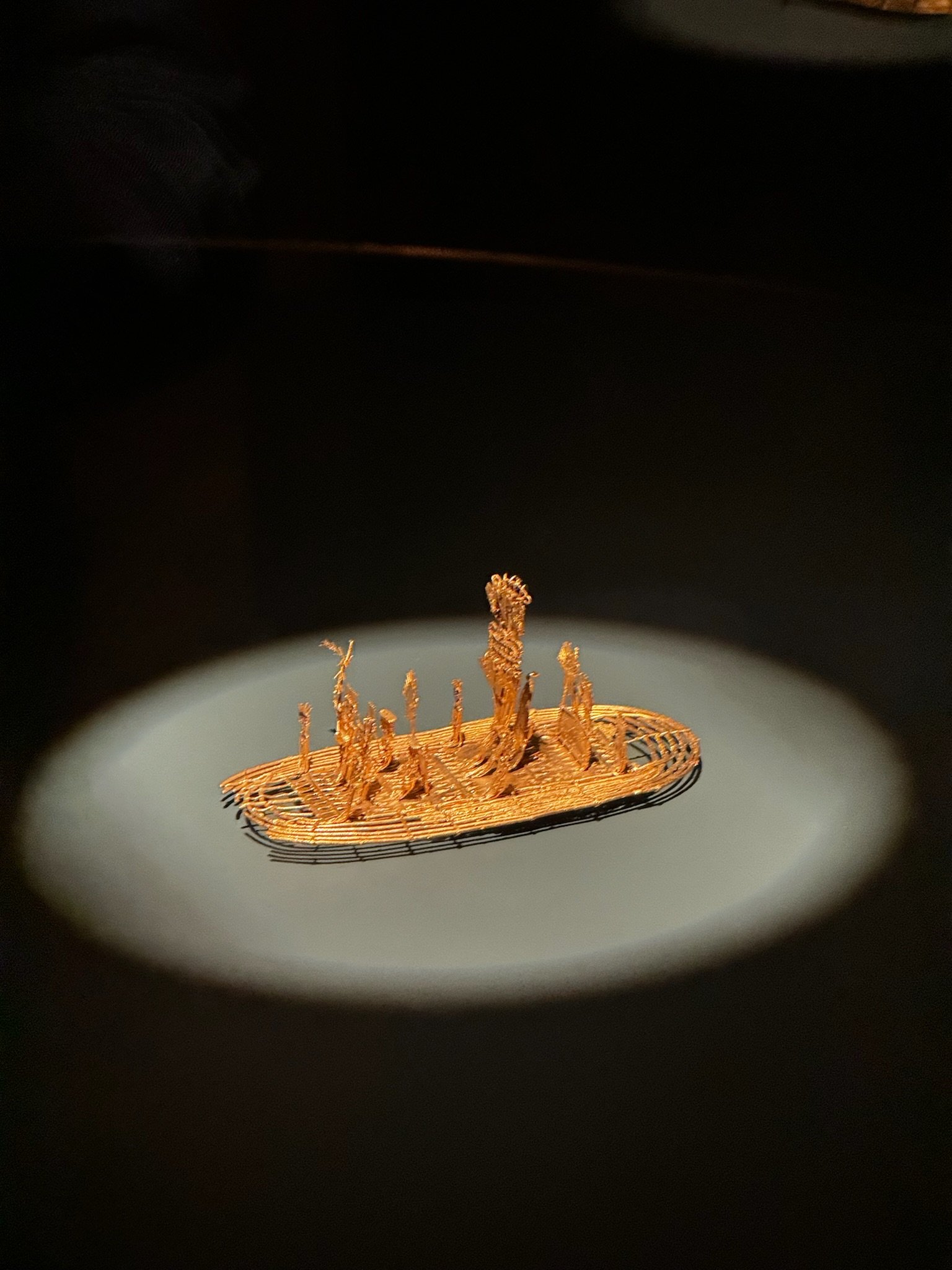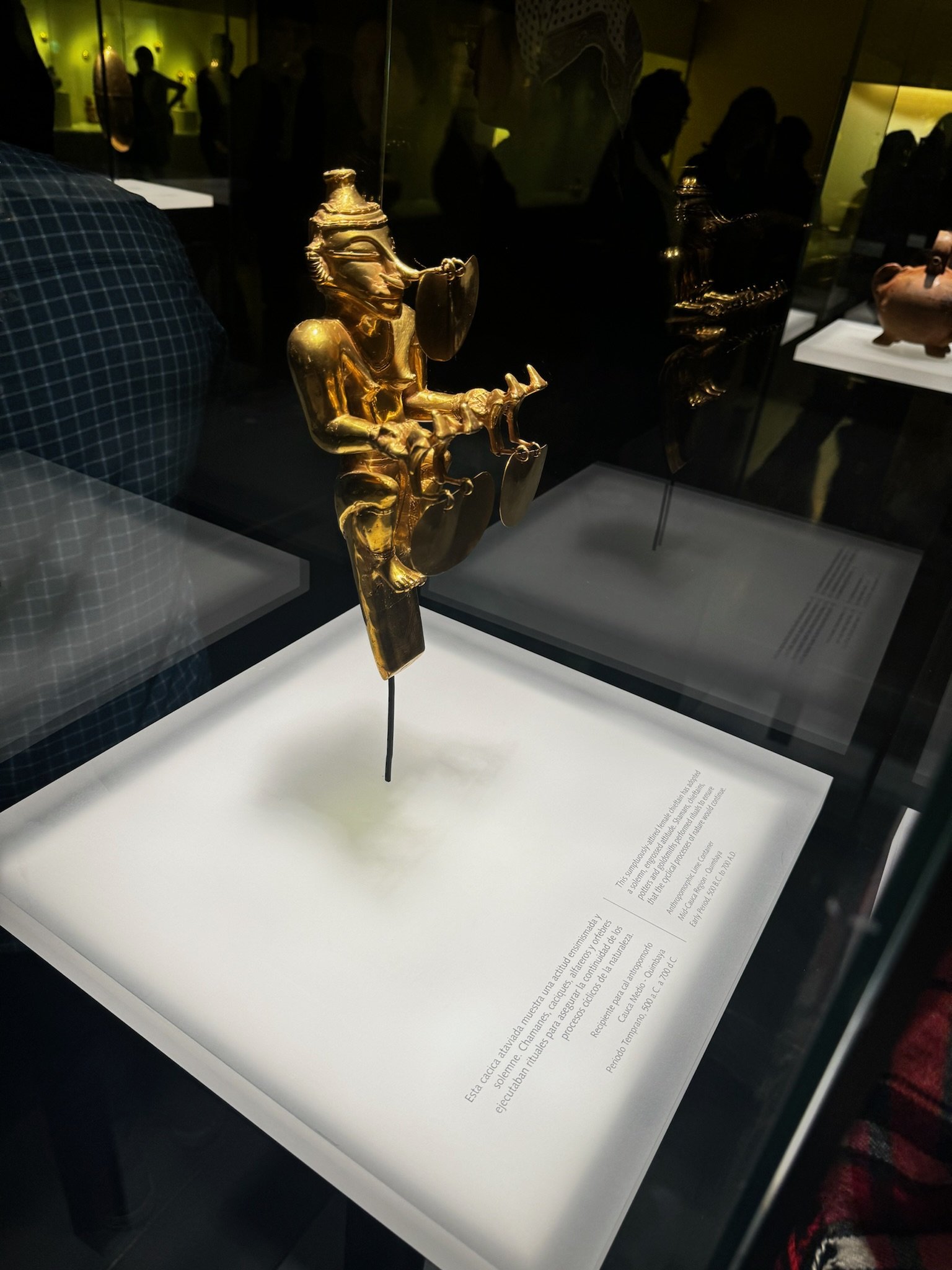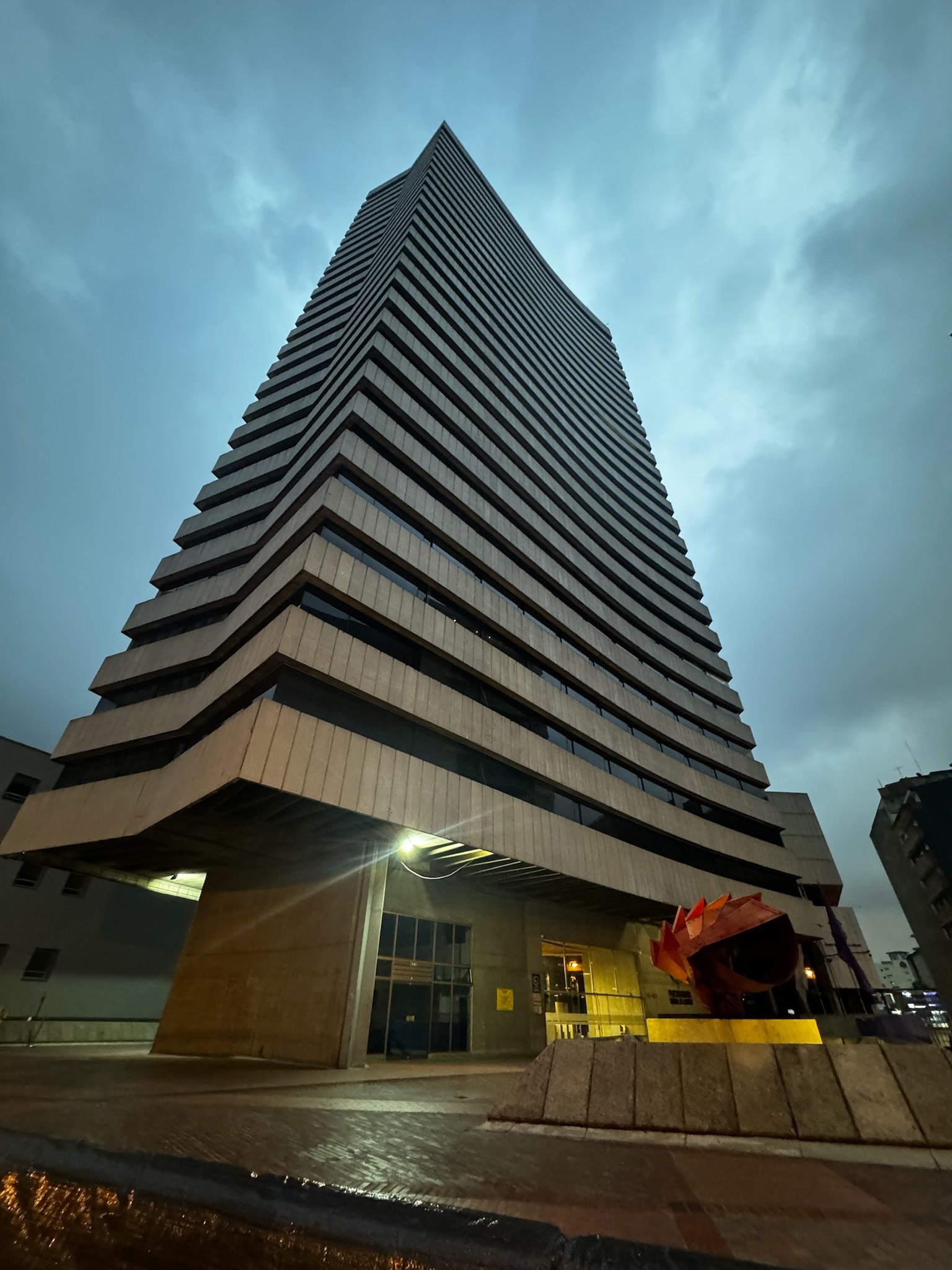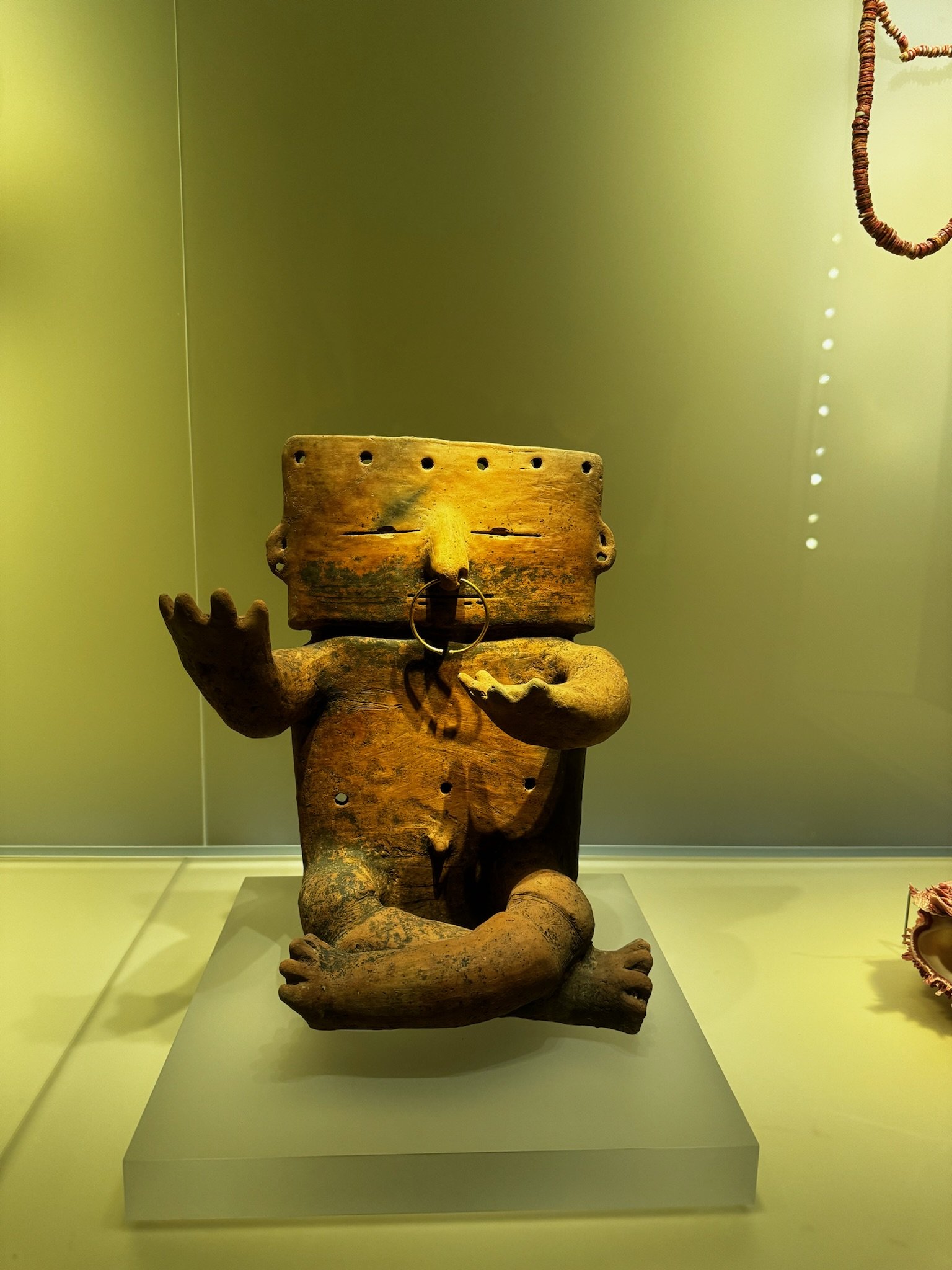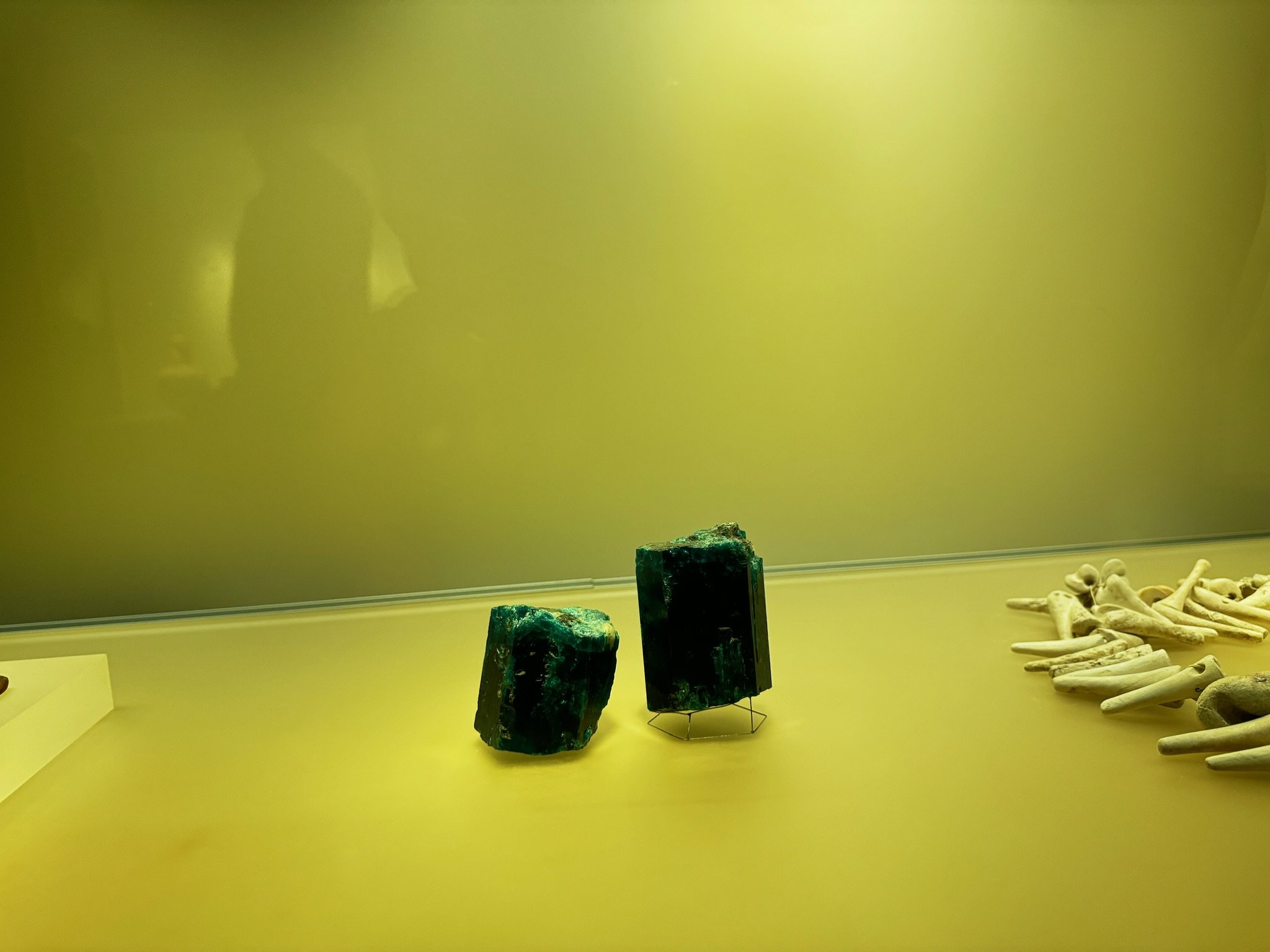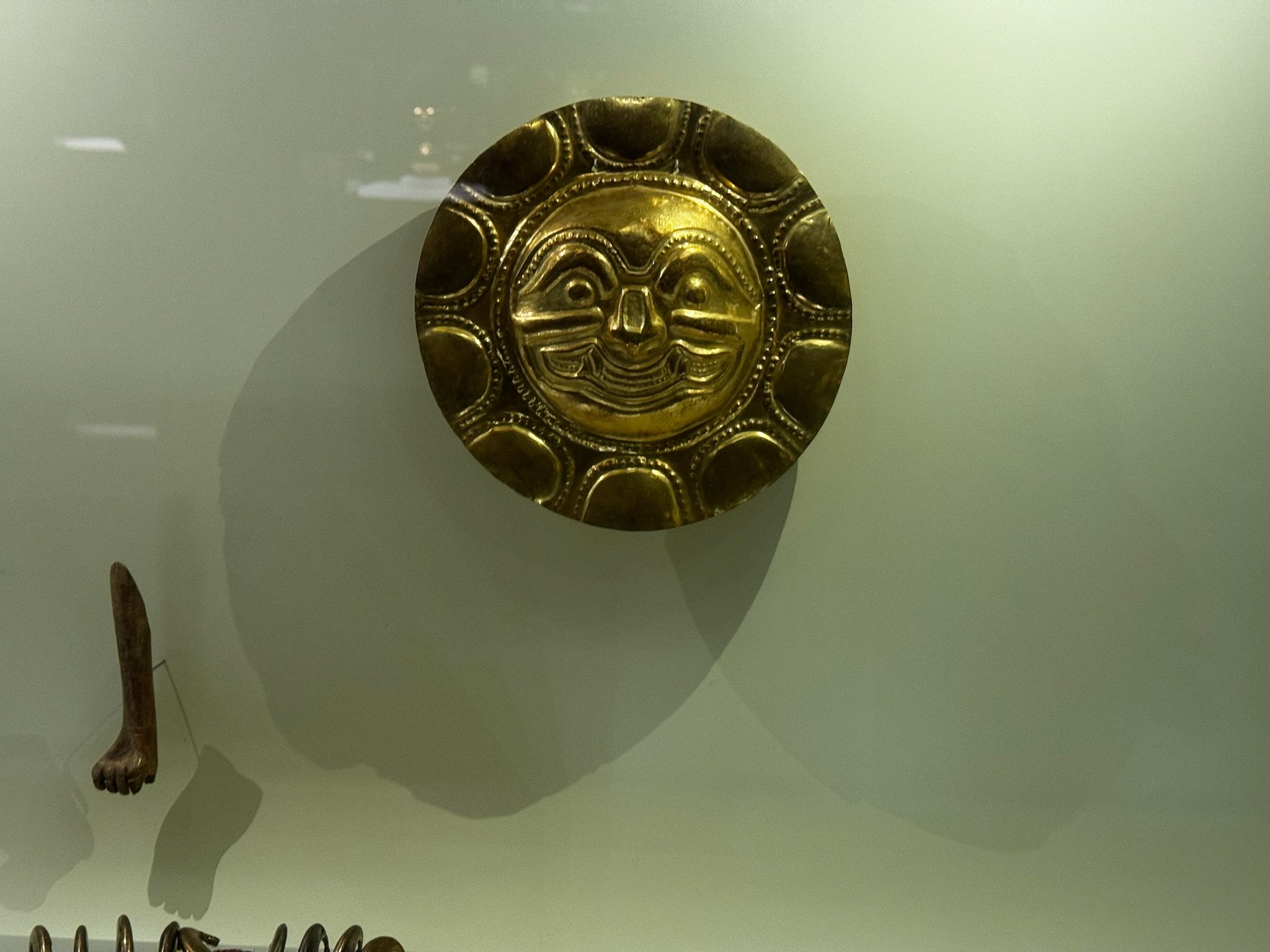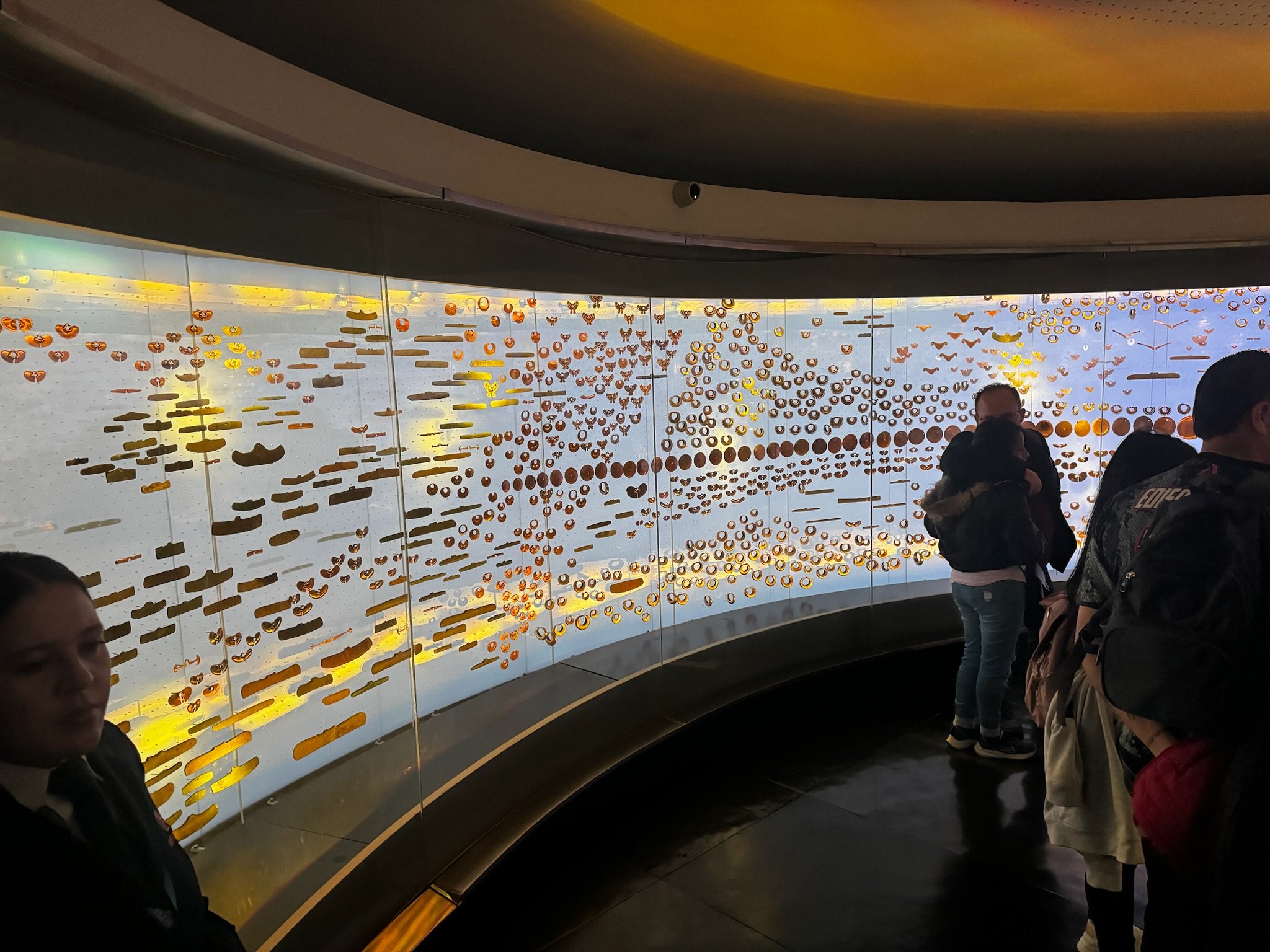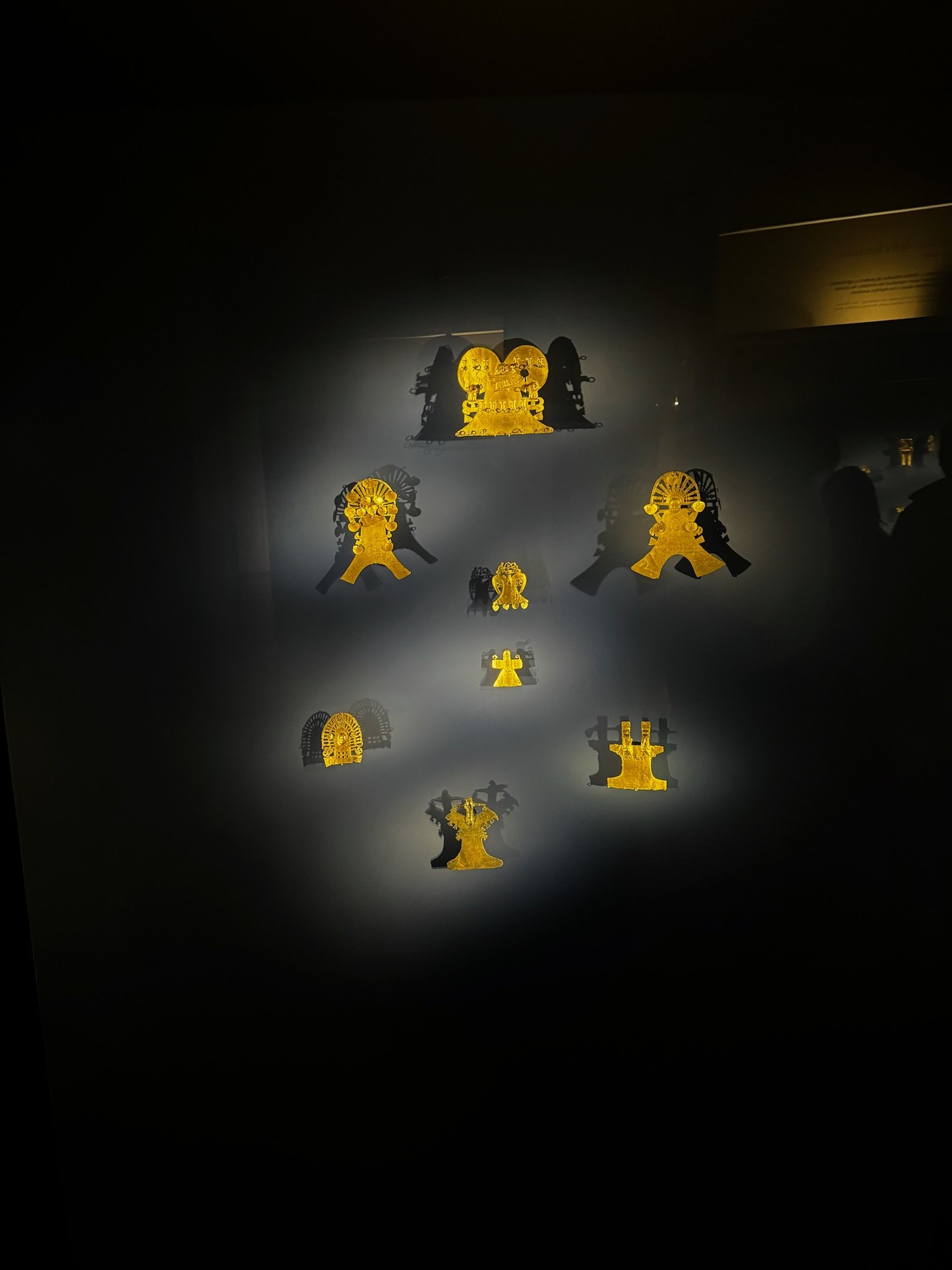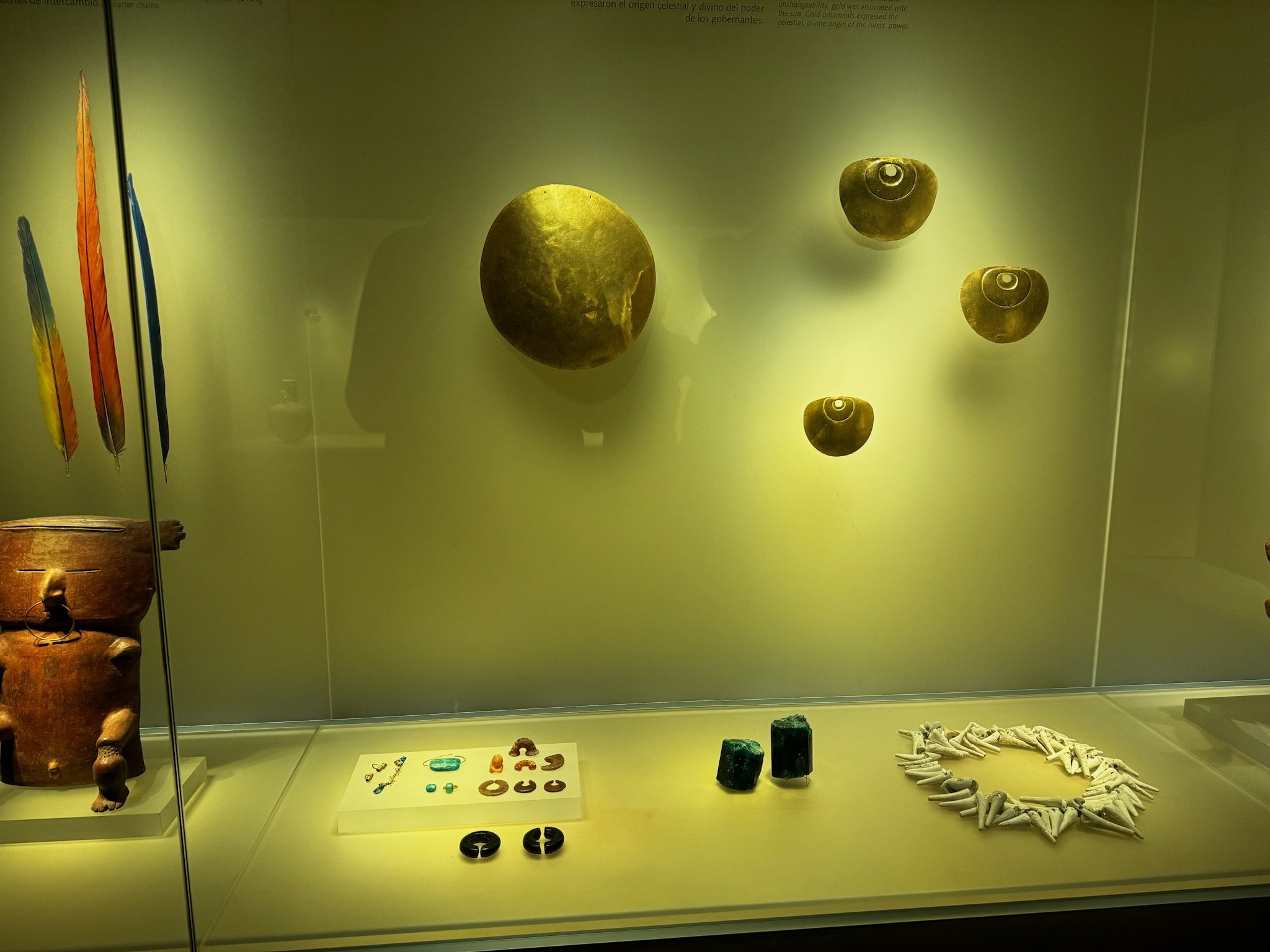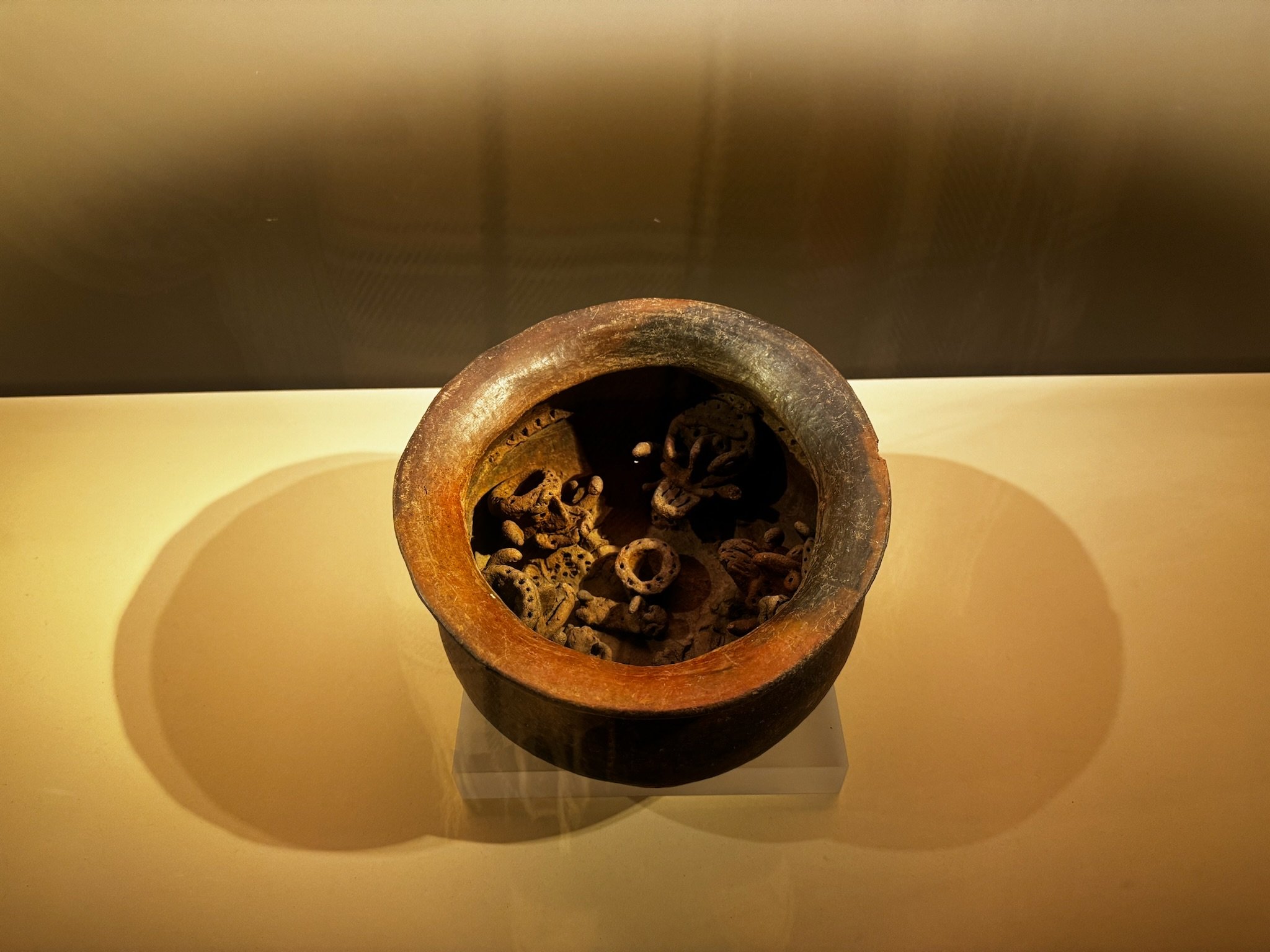Gold, Spirit, and Survival: A Journey Through Bogotá’s Museum of Gold
When I think of gold, I often think of power — but not the kind worn on fingers or kept in vaults. I think of the kind passed down through bloodlines, held in memory, and reborn in story. That’s exactly what I felt walking through the Museo del Oro in Bogotá, Colombia — not just the weight of history, but the radiance of survival.
I had the honor of visiting this extraordinary museum with my husband, Alex, and our dear friend and Colombian publisher, Ángel, the heart behind Abraza La Vida (the Spanish edition of Embrace Life). Ángel’s love for his country and its ancient cultures gave us a deeper lens to experience it through — one filled with reverence, warmth, and pride.
The museum is home to the world’s largest collection of pre-Hispanic gold artifacts, but what truly moved me were the meanings woven into each piece. Gold, to Colombia’s Indigenous peoples, was a symbol of divinity — not currency.
“Because of its color, intense shine and unchangeability, gold was associated with the sun.”
This reminded me so much of traditions from Rwanda, where ancestral power is often tied to nature, light, and the sacred.
In one section, we paused at a display of delicate golden ornaments depicting dancers with haunting masks —
“Vessels depicting scenes of dancers wearing hair-raising masks… represented temples transformed into primordial micro-cosmoses.”
I couldn’t help but think of our Rwandan tradition of intore dance — a ceremonial dance that connects us to those who came before, using movement as prayer, as power, as memory.
We lingered in front of a jaguar-shaman necklace, a bold piece lined with claws and beads.
“The jaguar-shaman viewed his surroundings through the eyes of a feline… a situation that was both dangerous and fearsome for the people.”
The jaguar — golden, wise, and fierce — was not just a hunter, but a spiritual guide. In both our cultures, the natural world speaks, teaches, and protects.
The story of El Dorado is one many have heard — of a golden king, a sacred lake, and endless colonial plunder. But here, it is told differently:
“Every so often, the Muiscas held great ceremonies… the chieftain went into the middle of the lake… and threw gold and emeralds into the water.”
It was not greed. It was gratitude. These offerings were sacred, a return to the Earth — not a taking from it.
What I Carried from Colombia to Rwanda
This museum taught me that history lives in the hands of those who tell it. And that colonization tried — but failed — to erase the soul of these stories. I felt so much kinship between the spiritual practices, the reverence for nature, and the use of art to speak to the divine that exist in both Colombia and Rwanda.
As I stood there with Alex and Ángel, I felt the beauty of three worlds colliding: my roots, my love, and my storytelling. This journey is just beginning — and I cannot wait to share more cities, more stories, and more of Colombia with you in the weeks to come.
